Beta carotene is a substance from the group of carotenoids. Carotenoids are natural coloring agents found in fruits and vegetables.
What is Beta Carotene?
Beta-carotene is a natural pigment found in many plants. Colored fruits, leaves and roots in particular contain a lot of beta-carotene. Carotenes belong to the secondary plant substances.
Phytochemicals are chemical compounds that are produced by plants. They are not essential for the plants, but serve to protect them from predators. Natural substances are very important to humans. Beta-carotene is the precursor of vitamin A. That is why the plant substance is also called Provitamin A designated. Vitamin A is also known under the name retinol. The absorption of beta-carotene is, however, much more difficult than the absorption of vitamin A. In contrast to vitamin A, beta-carotene cannot be overdosed.
Function, effect & tasks
Beta-carotene is the best-known plant substance from the group of carotenoids. It ensures that fruits and vegetables are bright yellow or orange. Beta carotene can lower cholesterol levels. Due to its cholesterol-lowering and antioxidant effects, beta-carotene protects against vascular diseases, heart attacks and strokes. In the vessels, beta-carotene prevents the oxidation of cholesterol and thus also its accumulation in the vessels. In this way, the carotenoid prevents arteriosclerosis.
The cells of the gastric mucosa in particular benefit from vitamin A and thus also from beta-carotene. Beta-carotenes have an anti-cancer effect. This is due to the strong antioxidant effect. Antioxidants can neutralize free radicals. Free radicals are created in the body during numerous metabolic processes.From a chemical point of view, radicals are molecules that lack an electron. They try to steal this electron from other cells and thus damage the cell membrane and possibly the entire cell. Free radicals are suspected to promote cardiovascular disease, cancer and premature aging.
As an antioxidant, beta-carotene also has a positive effect on brain function. It improves communication between the brain cells and, in the form of vitamin A, also influences the processing of beta-amyloid. If this process is disturbed, Alzheimer's disease can develop. Studies have shown that elevated interleukin-6 levels are associated with low blood carotenoid levels. When the caritinoid level increases, the interleukin-6 level decreases at the same time. Interleukin-6 is released by white blood cells (leukocytes) during inflammatory processes.
As a rule, the higher the interleukin-6 level in the blood, the greater the inflammation. Beta-carotene has an anti-inflammatory effect. Vitamin A and provitamin A play a special role in the eyes. Vitamin A is important for the visual process. A lack of vitamin A can lead to night blindness or poor eyesight.
Education, occurrence, properties & optimal values
Beta-carotene is the precursor to retinol. Deep yellow to orange fruits and vegetables contain the most beta-carotene. But dark green vegetables also contain the dye. Carrots, pumpkins, sweet potatoes, sea buckthorn, apricots, mangoes, papayas, nectarines, peaches, broccoli, cress, sorrel, purslane, spinach, endive, beetroot leaves, dandelions, asparagus, cabbage, corn are rich in beta-carotene , Plums, sour cherries and peas.
Beta-carotene is absorbed through the intestines. The absorption is worse than that of vitamin A. In order to provide the body with the same amount of vitamin A, six times as much beta-carotene must be consumed. The conversion to vitamin A is limited. It depends, among other things, on the beta-carotene intake and the intake of proteins. The vitamin E supply and the number of fats consumed also play a role in absorption. The vitamin A status must also be considered. The better the supply of vitamin A, the lower the enzyme activity and the less provitamin A is converted into vitamin A.
Most of the carotenoids ingested are transported in unchanged form. The human body has the highest concentrations of beta-carotene in the liver, testes, corpus luteum and adrenal glands. In contrast, the lungs, muscles, heart, brain and skin show only a low beta-carotene content.
Diseases & Disorders
An excess of beta-carotene is noticeable by yellowing of the skin. This yellowing is also known as carotinoderma or carrot icterus. The area around the nasolabial fold initially turns yellow.
This is followed by the undersides of the hands and the soles of the feet. As soon as the oversupply is stopped, the yellowing also goes back. In contrast to vitamin A, beta-carotene cannot be overdosed. Even high doses of supplemented beta-carotene are non-toxic. However, it is suspected that the long-term intake of dietary supplements containing beta-carotene increases the risk of lung and colon cancer in smokers and drinkers. All drugs that contain beta-carotene must therefore have a warning label. Medicines containing more than 20 mg of beta-carotene should not be prescribed to smokers.
A beta-carotene deficiency can have numerous consequences. A sufficient intake of beta-carotene is essential, especially if only a small amount of vitamin A is ingested with food. If there is a deficiency, the eyesight is impaired. Eyesight is impaired, especially at dusk. Night blindness occurs. In addition, the conjunctiva of the eye dry out. Foam-like spots form, the so-called Bitot spots. The cornea can also dry out.
Corneal ulcers form, which, if left untreated, can lead to blindness. Deficiency symptoms also appear outside the eye. The gums are inflamed and the lining of the mouth is ulcerated. Further symptoms of a deficiency are anemia, stunted growth and a decreased sense of smell.

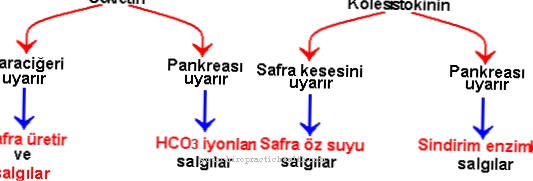
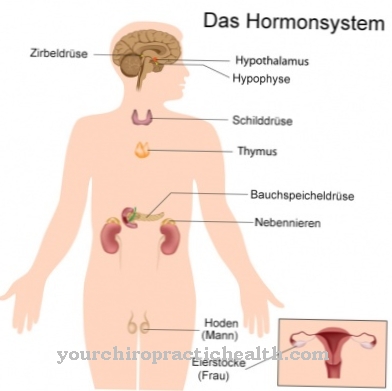
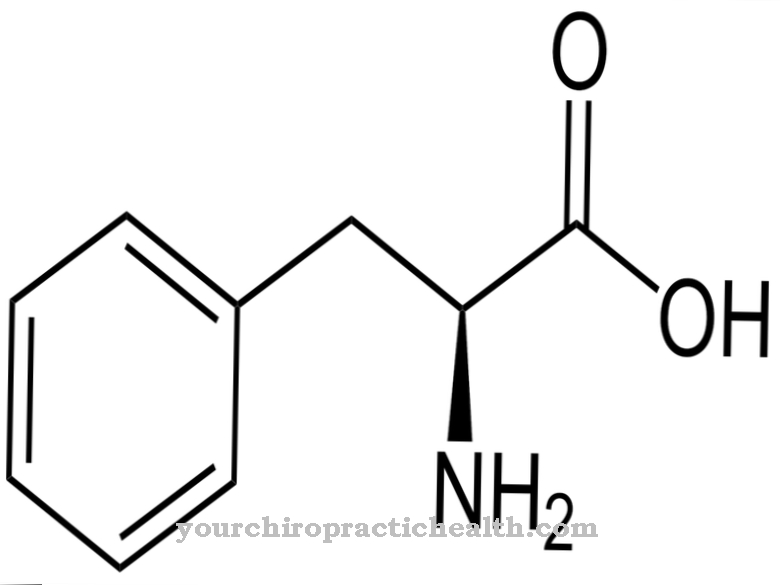
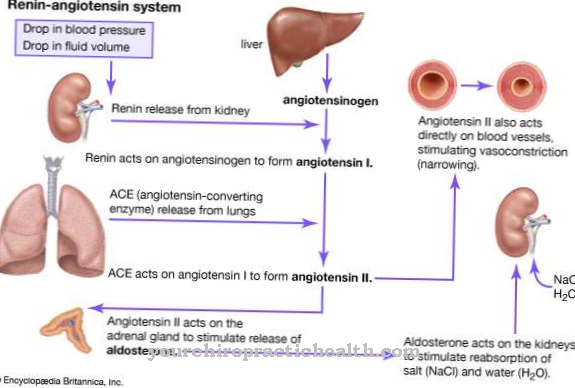
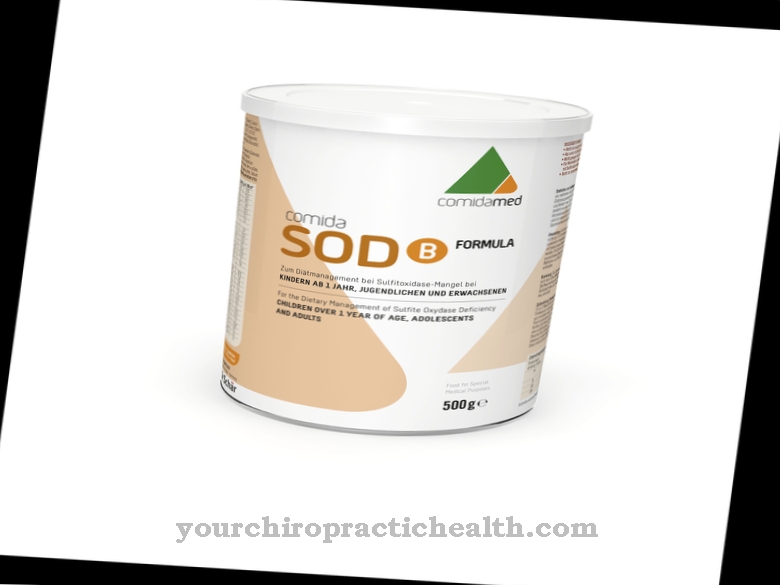






.jpg)



.jpg)










.jpg)
